For North American homeowners contemplating a bathroom upgrade, choosing the right toilet isn’t as simple as it used to be. Traditional models have large tanks and take up space, water, and time, not to mention they have an outdated appearance. On the other hand, tankless smart toilets offer a sleek aesthetic, promise better hygiene, and come with smart features.
But even with the temptation, decision anxiety befalls many:
-
Does this type of system work in my bathroom?
Will it really clean better?
-
What if the tech breaks down and becomes a maintenance nightmare?
In this article, we are going to discuss four primary concerns — space, hygiene, maintenance, and usability, and lead you through how to test each solution before purchasing one. No guesswork. Tested pathways to make the right choice with a tankless smart toilet.
Table of Contents:
- 【Space Constraint? → Architectural Efficiency of Tankless Design】
- 【Concerned About Cleanliness? → Hygiene Validation via Dual Nozzle + Instant Wash】
- 【Worried About Installation or Repairs? → Modular Design for Low-Maintenance Ownership】
- 【Think Smart Equals Complicated? → Sensor Design for Seamless User Experience】
- Conclusion: From Hesitation to Informed Confidence
- FAQ: Technical Verification & Installation
【Space Constraint? → Architectural Efficiency of Tankless Design】
◾ Pain Point:
Traditional toilets include a rear tank that protrudes up to 10–12 inches from the wall. In compact bathrooms, this leads to visual clutter, cramped mobility, and less room for functional elements like vanities or cabinets.
◾ Solution Principle:
Tankless smart toilets are made for direct connection with water supply system and eliminates the necessity of external tank. This results in a more minimalist profile that is nearer to the wall — many of these models take up 15–25% less space than standard models.
◾ Technical Indicators to Understand:
-
Back-to-wall clearance: A quality tankless toilet needs only a standard wall gap of 4–6 inches, far less than a tanked toilet.
-
Water pressure compatibility: Since it does not have any storage tank, these systems often depend on instant flush pressure.
-
Power access: These models require GFCI-protected outlets for heating and control features.
◾ Verification Checklist Before You Buy:
✅ Does your bathroom layout have enough depth for a flush-to-wall system?
✅ Have an electrical outlet in less than 1 meters from the toilet area?
✅ Can your plumbing maintain steady water pressure above 0.1 MPa?

【Concerned About Cleanliness? → Hygiene Validation via Dual Nozzle + Instant Wash】
◾ Pain Point:
Bidet attachments used to spray too lightly, or worse, spray in an inaccurately targeted zones. They are often regarded as lacking for actual cleanliness by many consumers, in particular by women and older users. Another issue is an accumulation of microbes in the nozzles.
◾ Solution Principle:
The higher end models of the tankless smart toilets incorporate dual-nozzle technology: a front nozzle for feminine cleansing and a back nozzle for general use. This is coupled with instant hot water systems, providing warm, pressurized, on-demand water without the need for a preheating tank.
◾ Key Technical Metrics to Consider:
-
Water temperature regulation: Look for models that keep fluctuation within ±1°C during operation.
-
Spray reach and pressure: Adjustable spray positions and flow levels (commonly 0.4–0.7 liters/min) ensure personal comfort.
-
Nozzle hygiene: Nozzles made of stainless steel are rust-resistant and self-cleaning, using automatic flush after every use.
◾ Hygiene Verification Steps:
✅ Is the toilet compatible with front and back nozzle?
✅ Is nozzle cleaning automated and manually triggerable?
✅ Do the nozzle have self-cleaning feature?
Tankless smart toilets usually do a better job of controlling the water temperature and reaching accuracy than basic bidet seats do. These verifiable benchmarks help guarantee you are not just buying a gimmick.

【Worried About Installation or Repairs? → Modular Design for Low-Maintenance Ownership】
◾ Pain Point:
Consumers are reluctant to buy smart toilets, as they worry about installation issues or the complexity of a repair later on. No one wants to remove the entire unit just to tighten a sensor.
◾ Solution Principle:
Many modern tankless smart toilets, particularly in the mid to high-end range — feature modular construction, allowing key components like bidet systems, heating elements, and control boards to be serviced or replaced independently. Some floor-mounted models also include quick-install brackets or template kits for simplified setup, but these features vary by manufacturer and should be confirmed in the product specifications.
◾ Before You Install, Ask These Questions:
✅ Does your bathroom's rough-in size match with the unit's specifications (Measure from the wall to the bolt holes)?
✅ Can you access certified installation support (or DIY manuals with template guides)?
✅ Check if spare parts are still available from the manufacturer and if remote servicing is supported.
【Think Smart Equals Complicated? → Sensor Design for Seamless User Experience】
◾ Pain Point:
A lot of people confuse smart with complicated. They fret about inadvertent activations, knobs that just never felt right, or the system failing when a visitor or kid uses it.
◾ Solution Principle:
High-performing tankless smart toilets have been designed around multi-sensor. These sensors detect seat occupancy, foot position and lid motion to automate flushing, deodorization, and even lighting.
◾ Smart Usability Verification List:
✅ Is there a manual override or guest mode available?
✅ Does the toilet auto-deactivate after inactivity or power loss?
✅ Is the interface clear for non-tech-savvy users?
The goal for tankless smart toilets should be higher hygiene and comfort levels, not a new learning curve. The key to your confidence is usability testing.
Conclusion: From Hesitation to Informed Confidence
Upgrading to a tankless smart toilet is more than a cosmetic enhancement. It's a decision that touches comfort, hygiene, and long-term usability in your home. But for many homeowners, uncertainty about compatibility, maintenance, or real-world performance can stall progress. That’s why a decision based on verified features, not marketing promises is essential.
When verified specs align with your needs, like pressure ratings, nozzle materials, and interface simplicity — you’re no longer relying on assumptions. You’re making a smart, forward-looking investment. And that’s the real value of choosing a tankless smart toilet: performance you can prove, not just hope for.
FAQ: Technical Verification & Installation
Q1: How can I test if my home water pressure supports a tankless smart toilet?
A: Use a water pressure gauge. Connect it to your nearest hose bib or toilet shutoff valve.
Q2: Is wall-mounting mandatory for tankless toilets?
A: No. Many models offer floor-standing versions with similar tankless profiles. Just ensure plumbing compatibility.
Q3: Can I use a tankless smart toilet during a power outage?
A: Most require electricity for flushing and heating. Some models include manual flush options via side buttons or battery backups.
Q4: How do I know the nozzles are truly hygienic and self-cleaning?
The Smart Toilet Seat Revolution: Why Your Bathroom Deserves an Upgrade
Ready to Upgrade? Here’s How to Choose the Best Bidet Toilet Seat for a Better Bathroom Experience
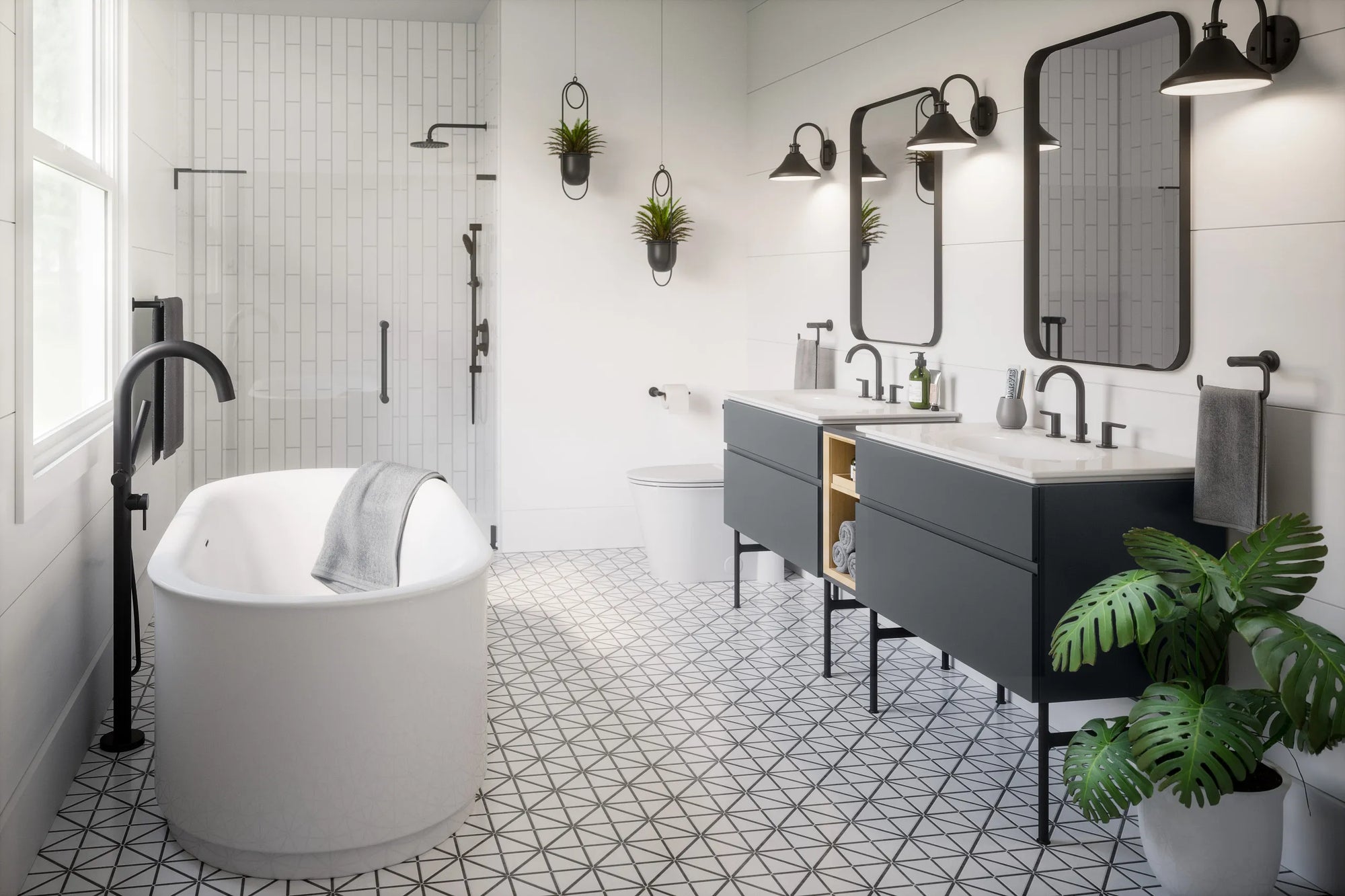

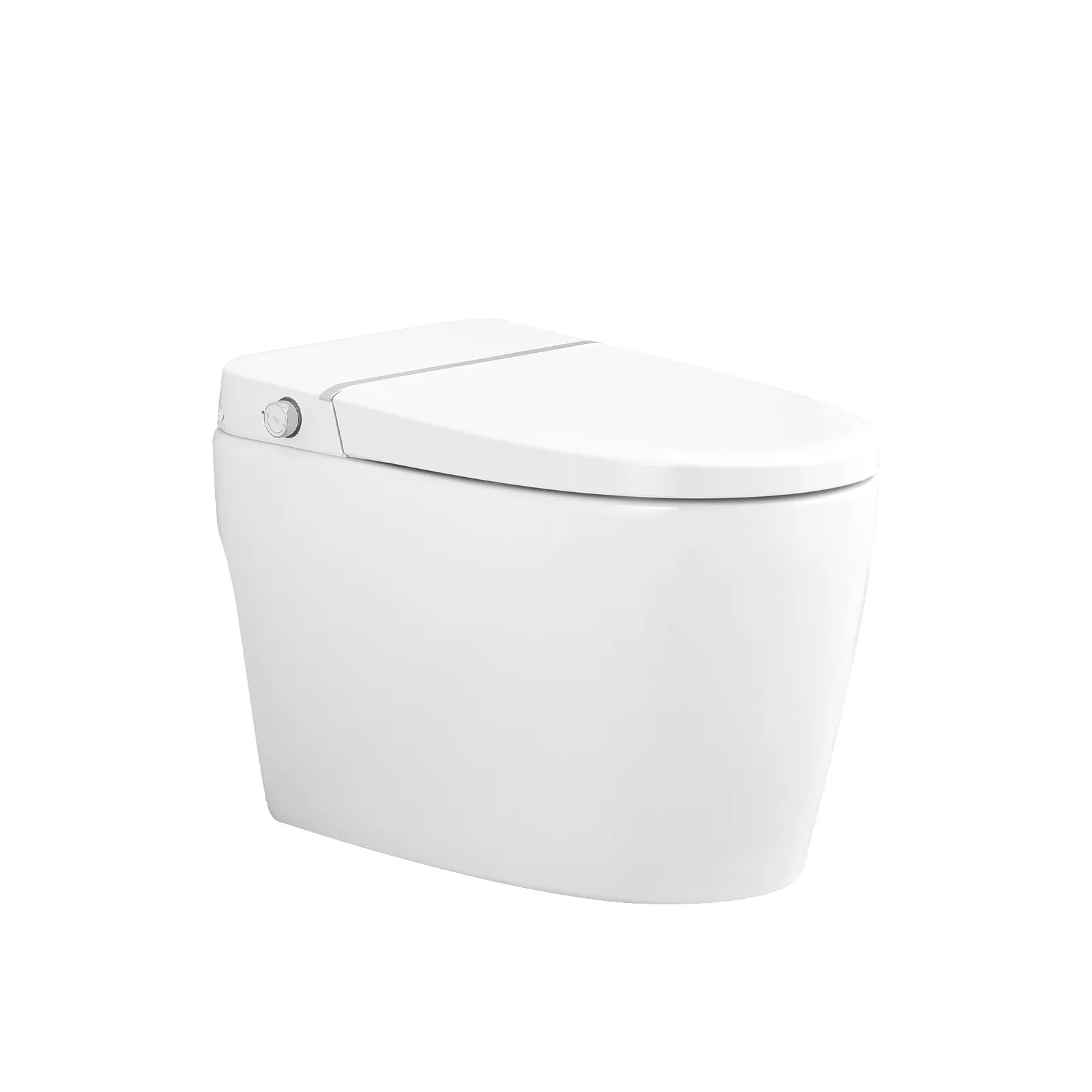
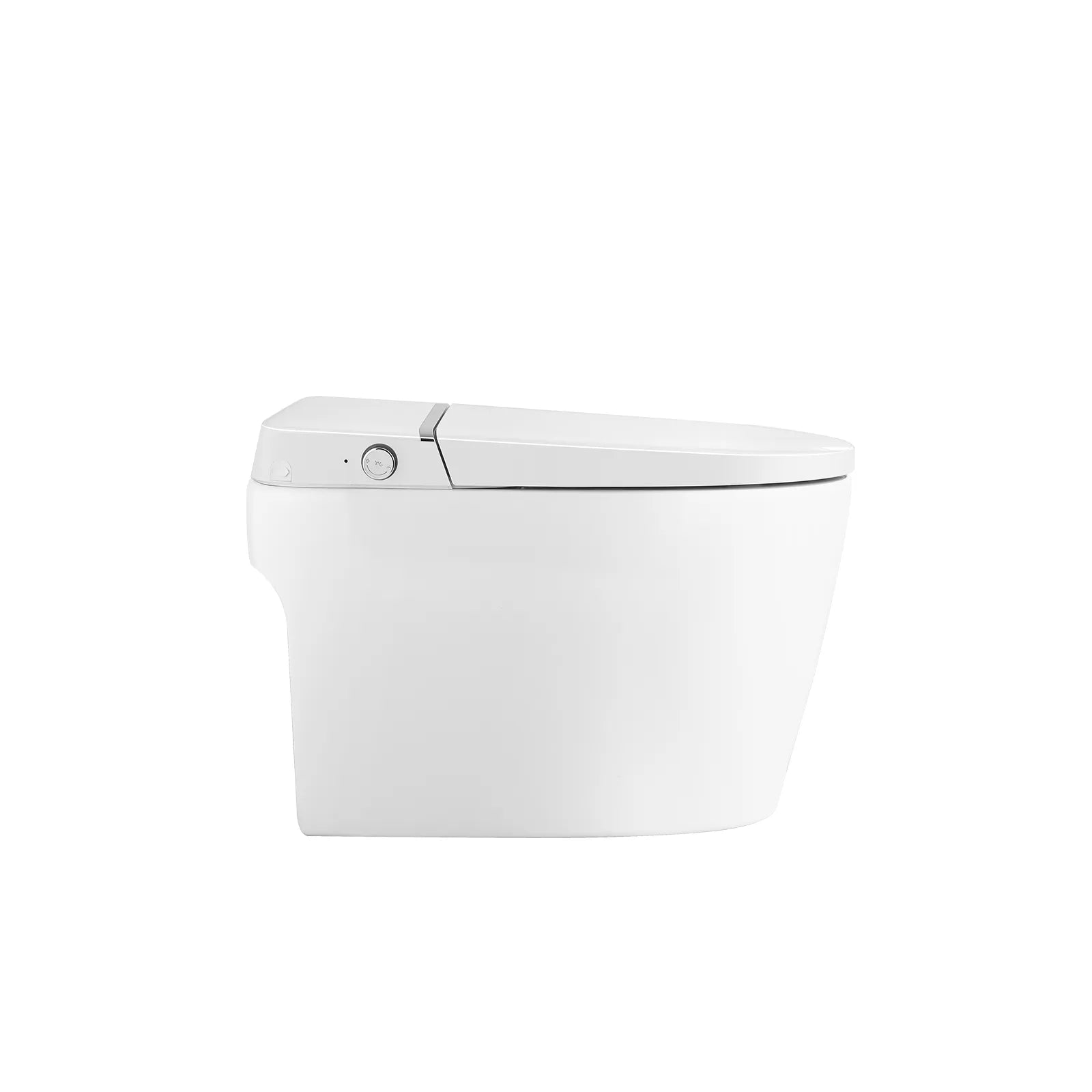


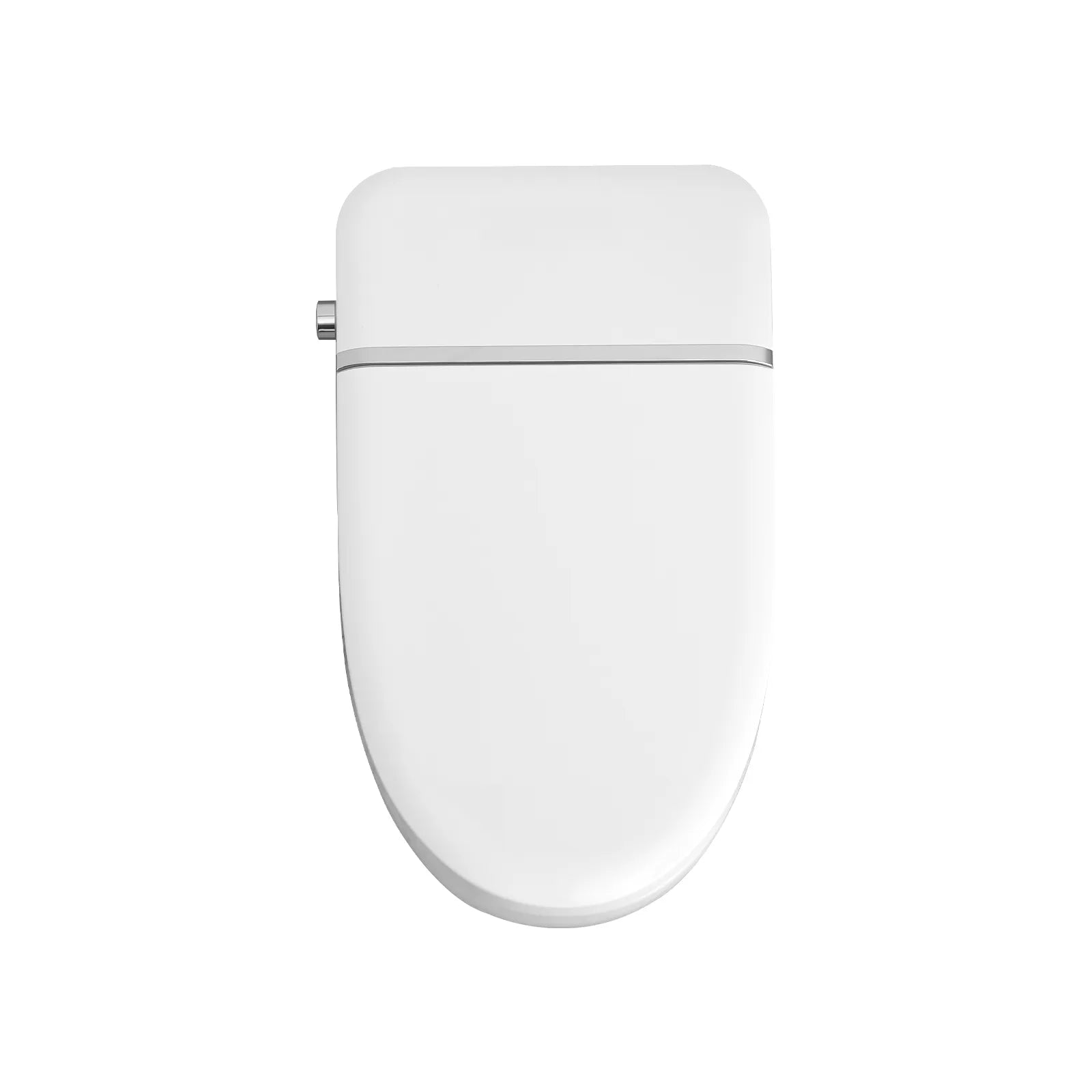
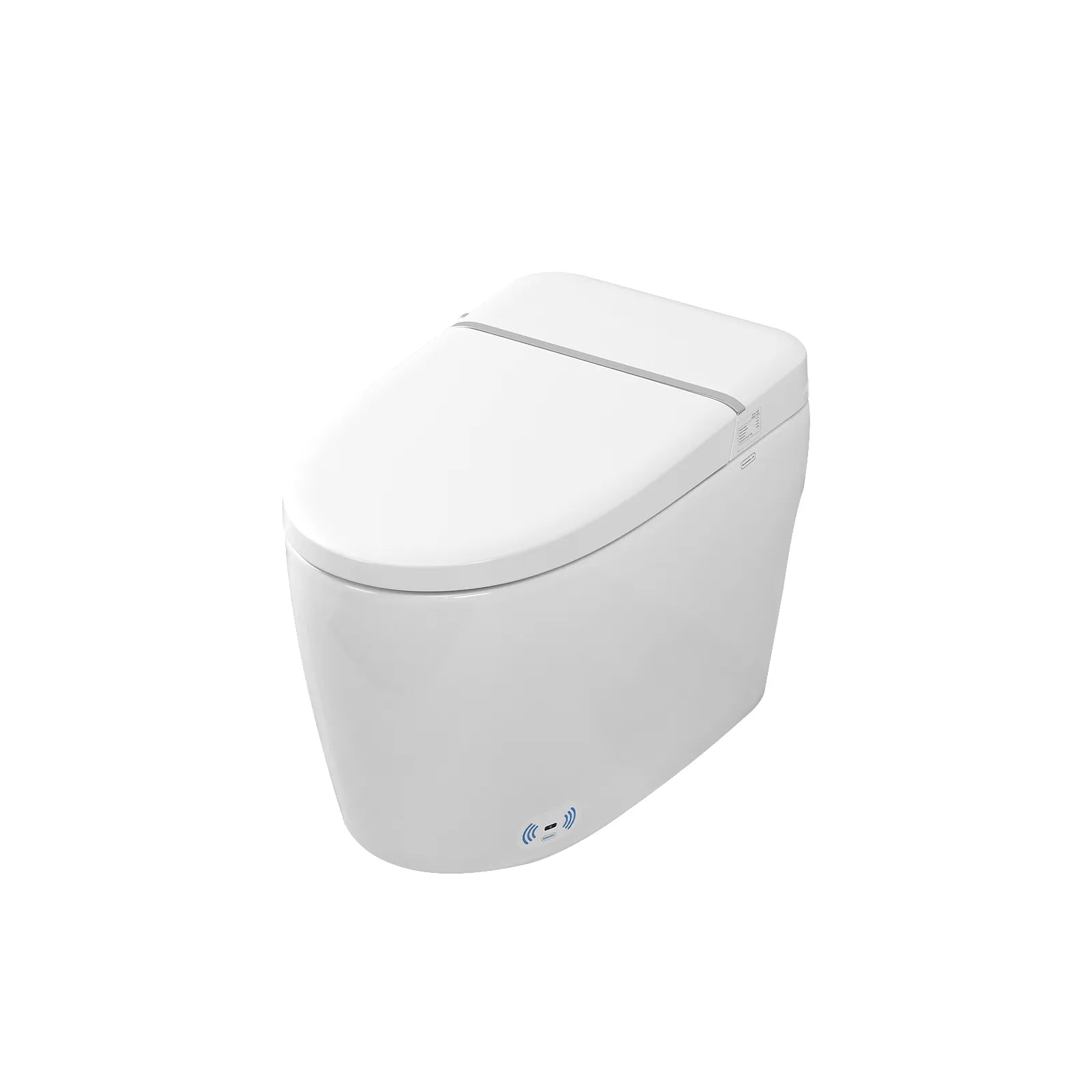
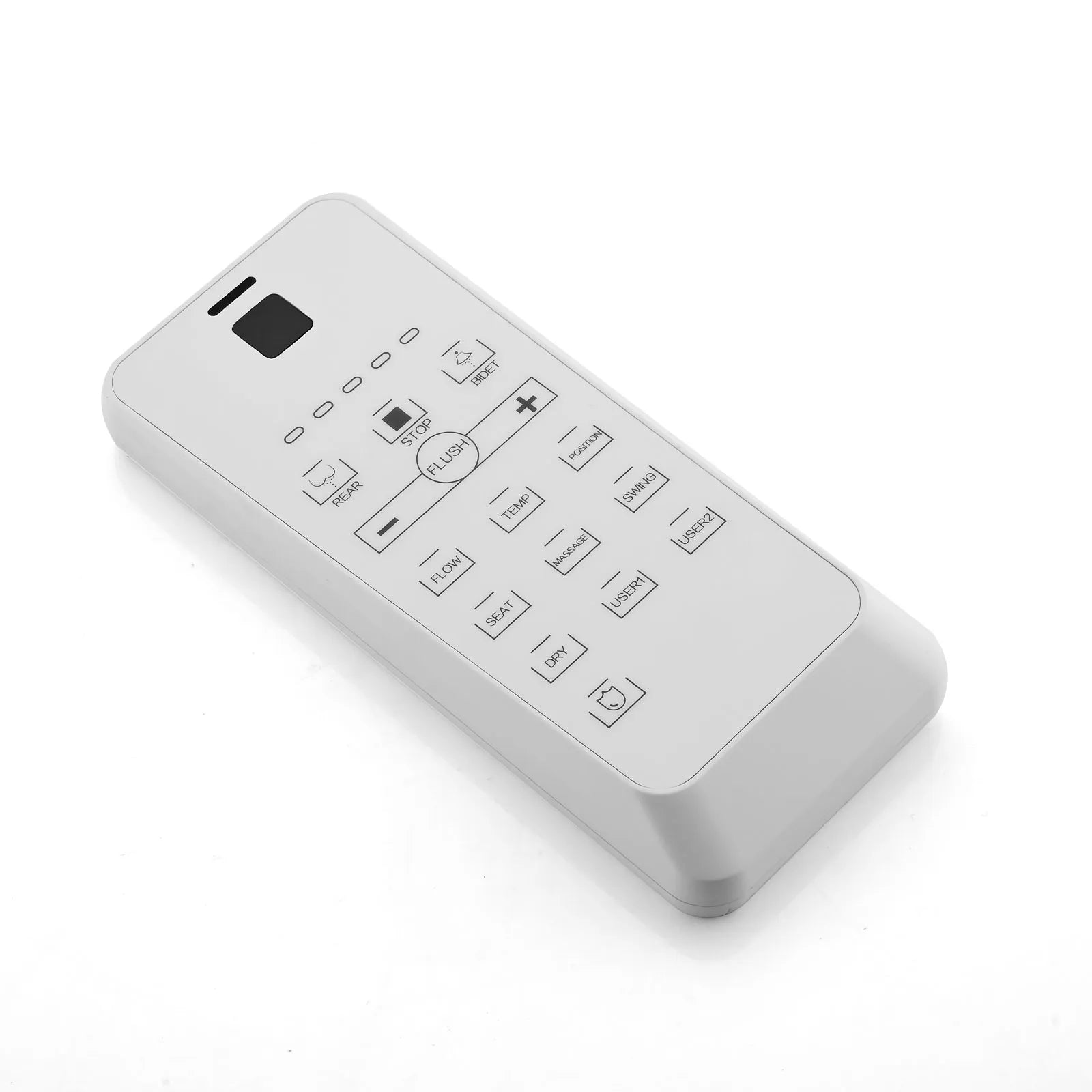
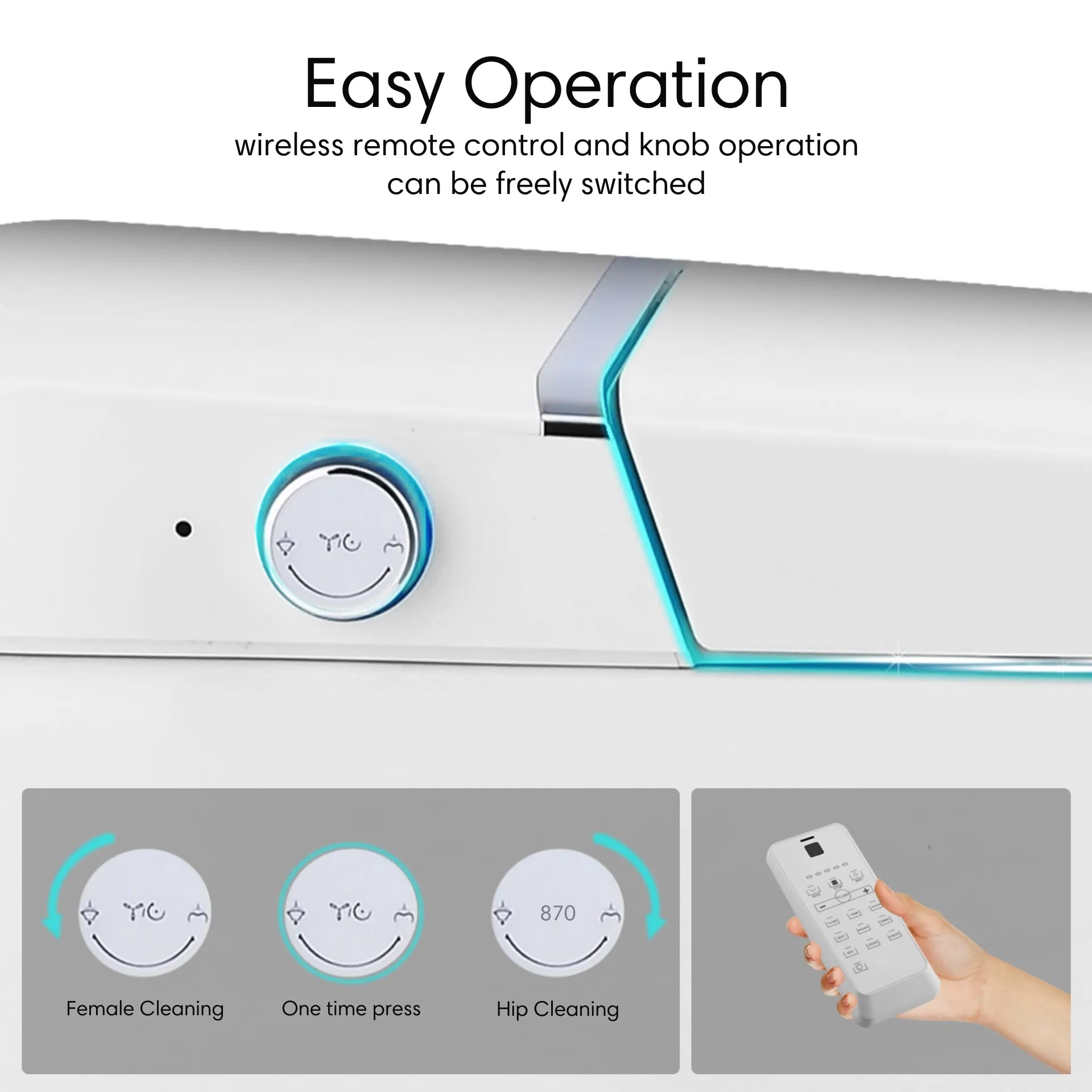
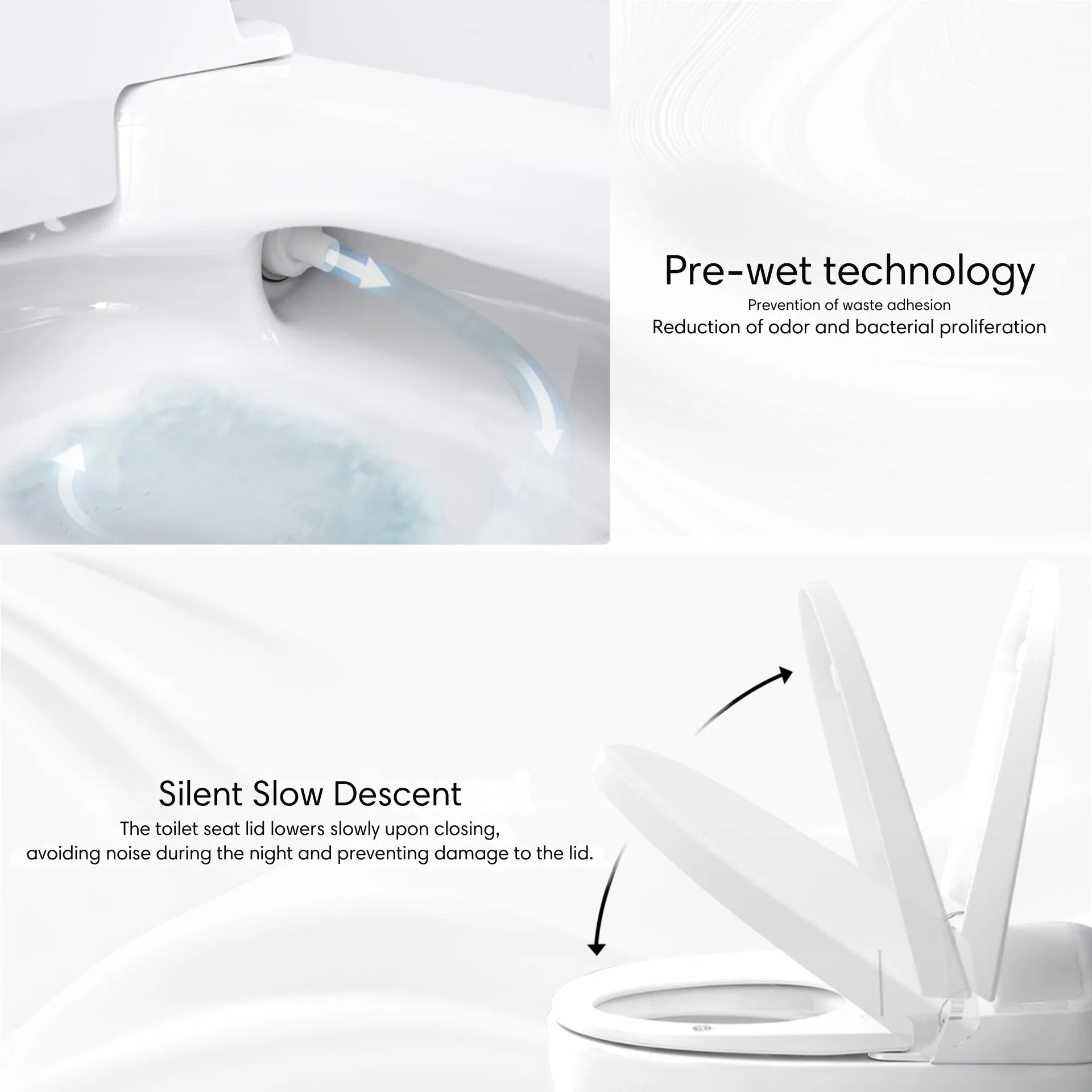
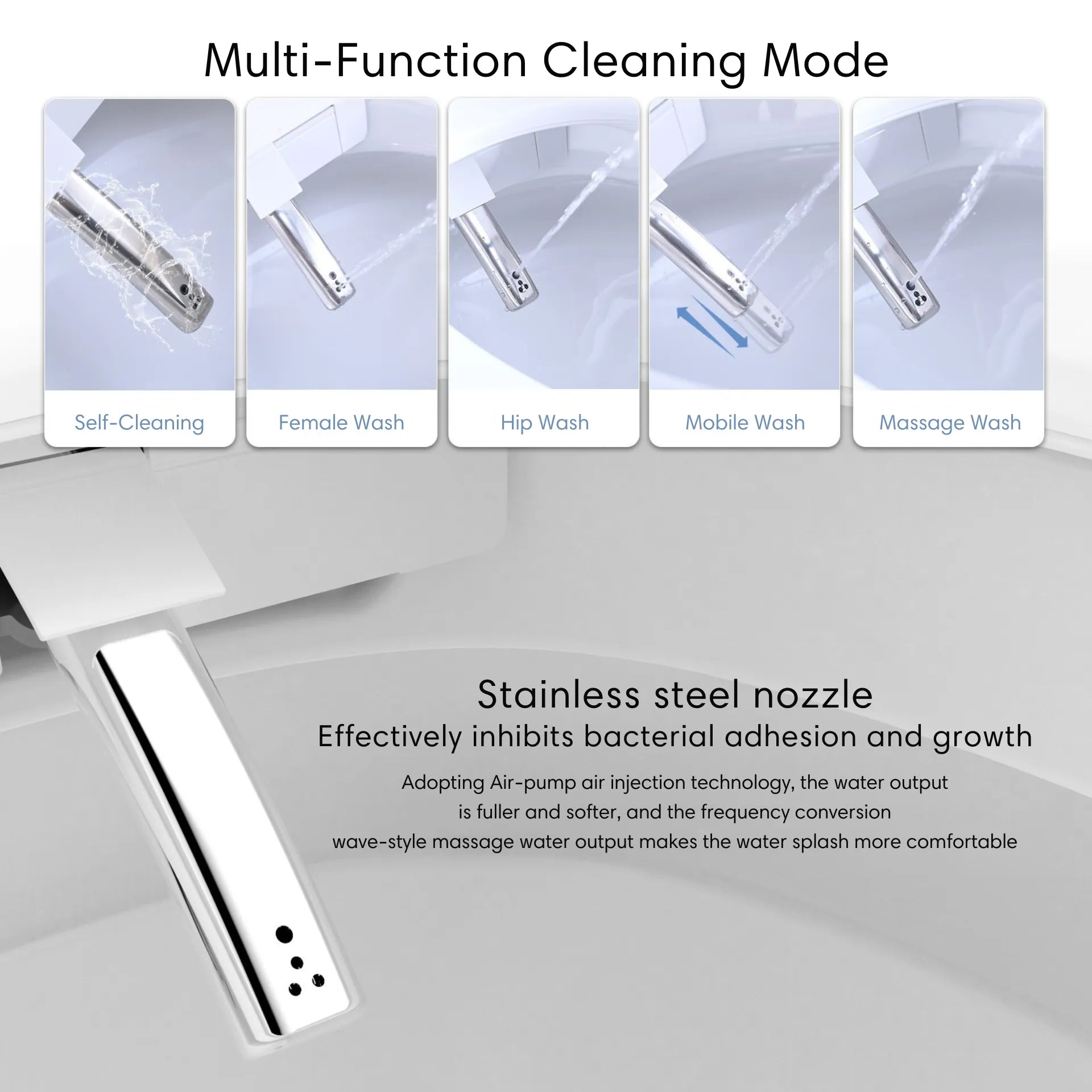
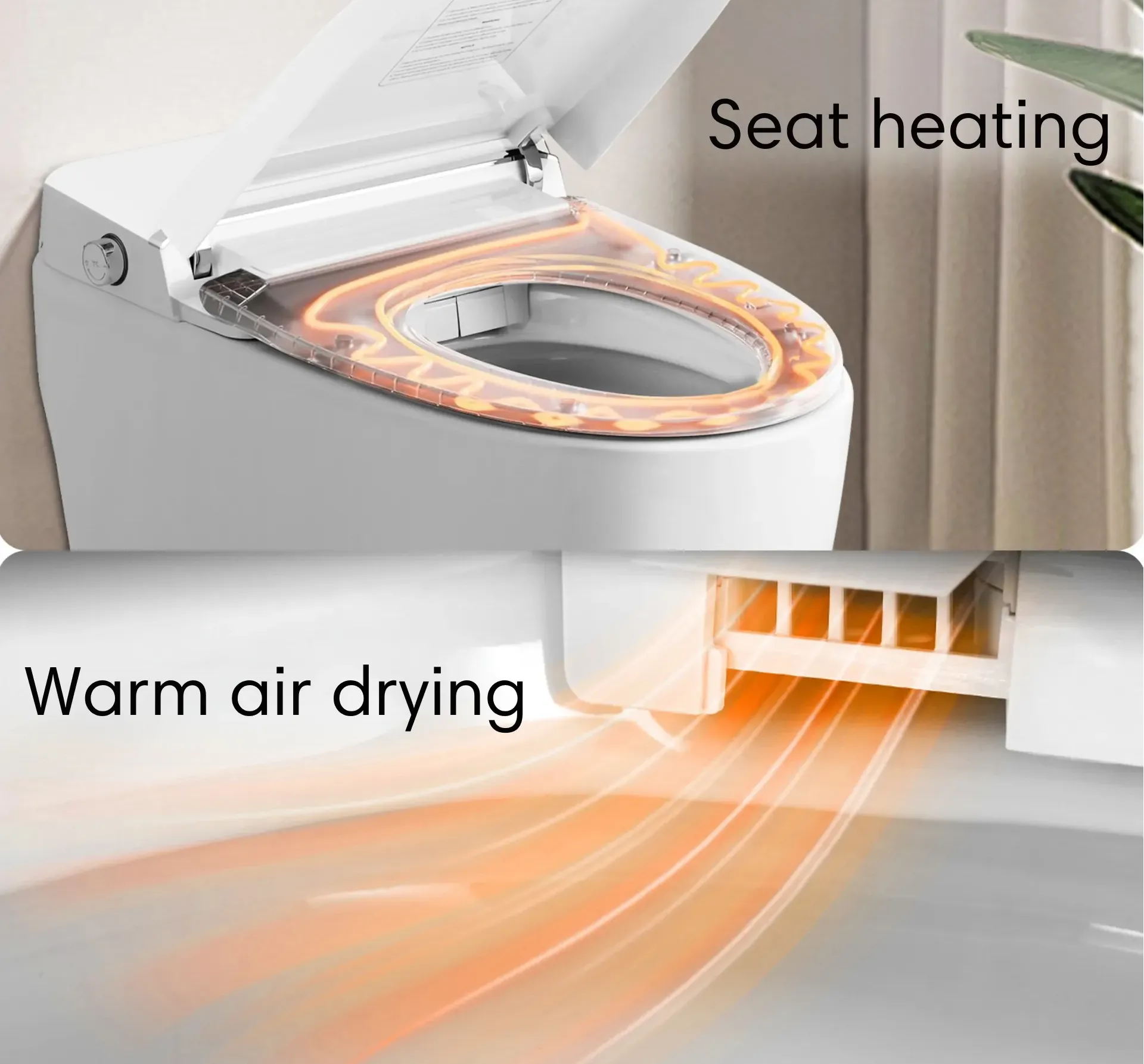
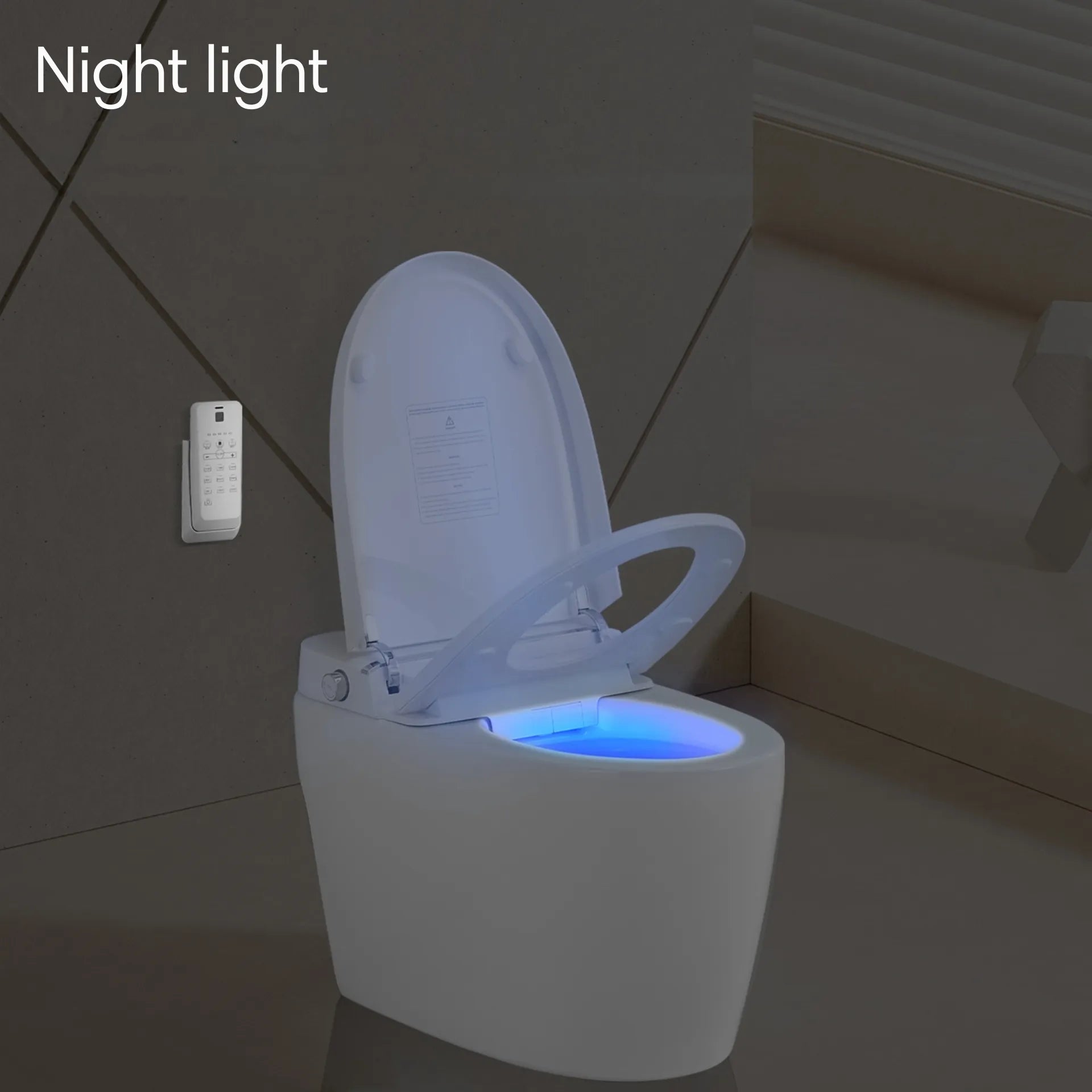
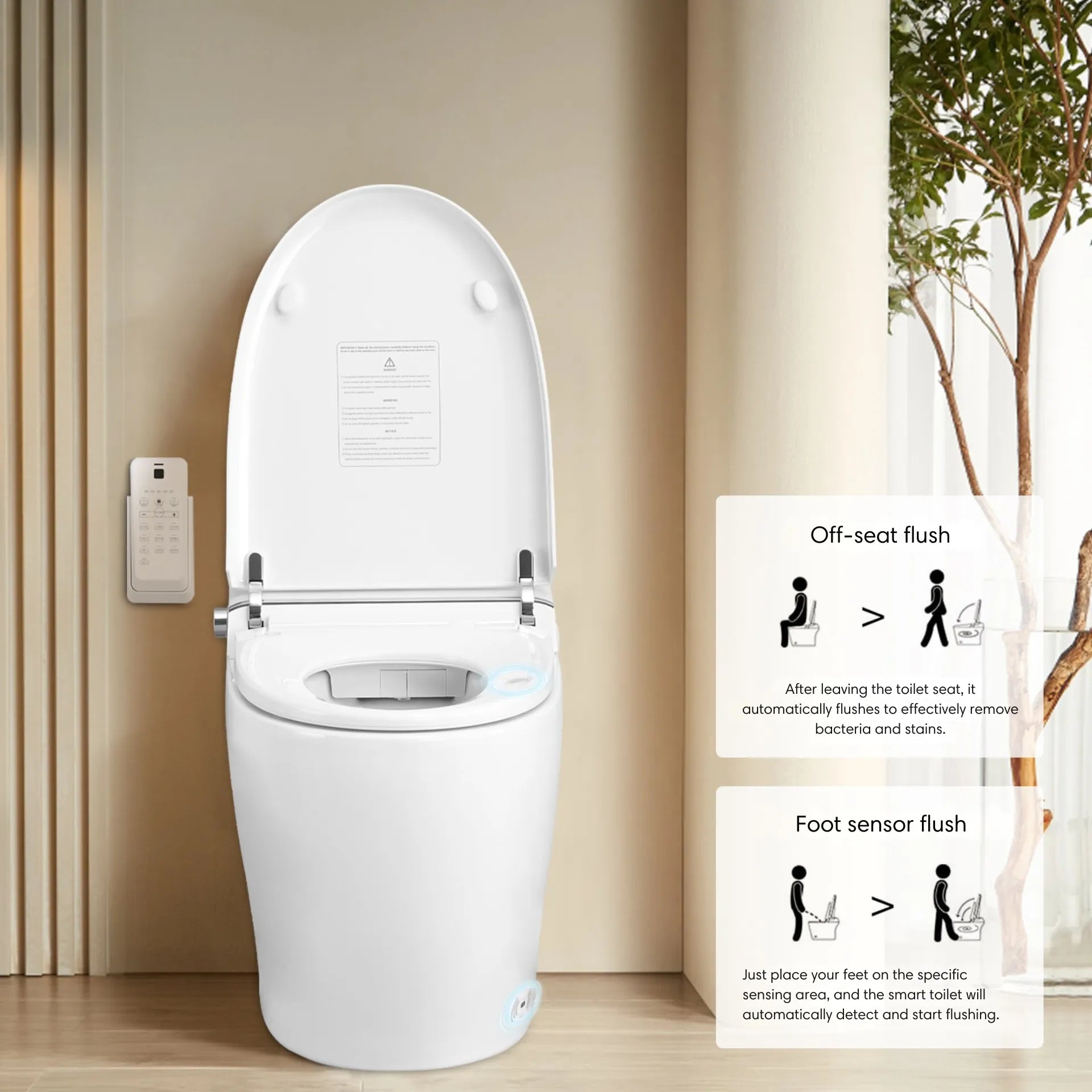
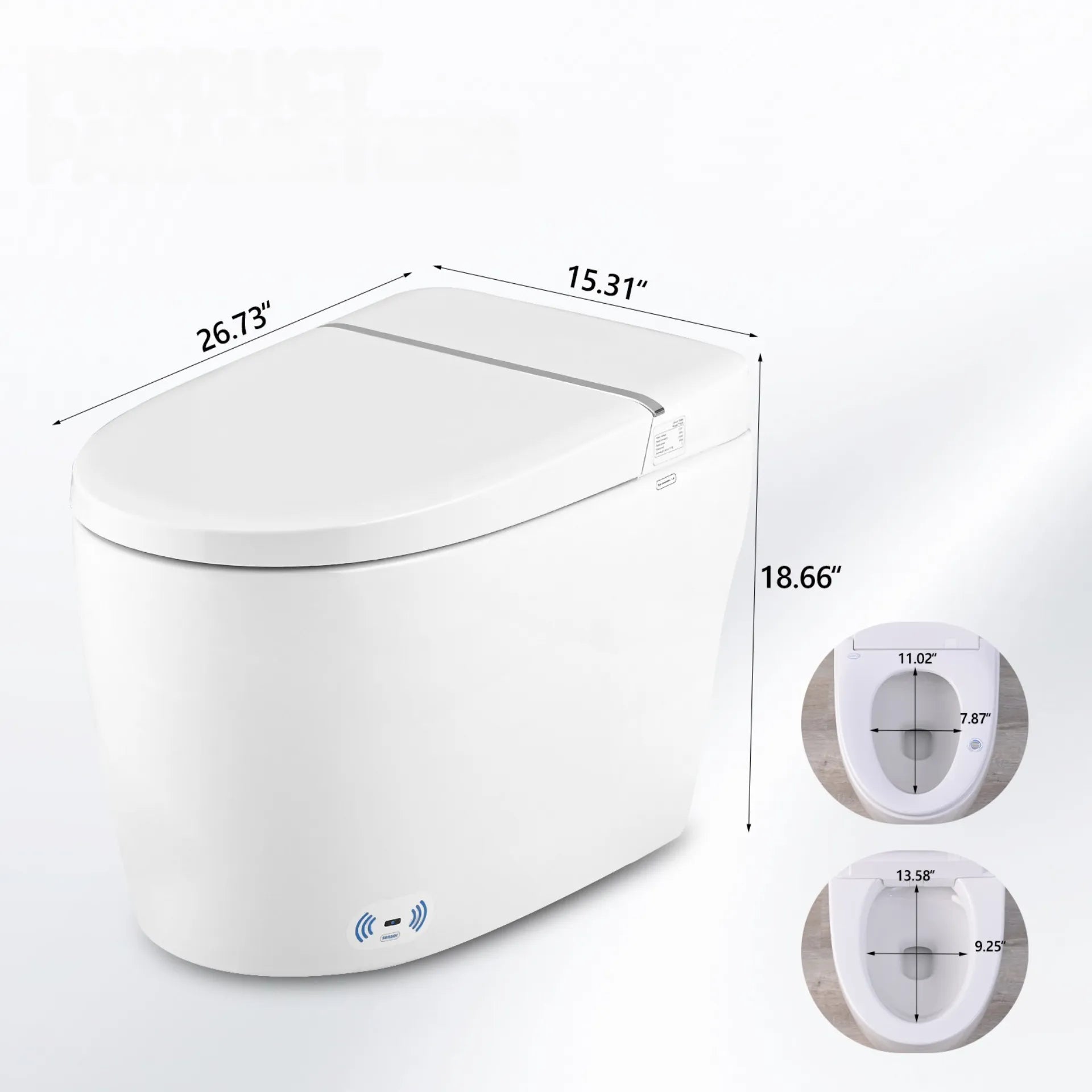
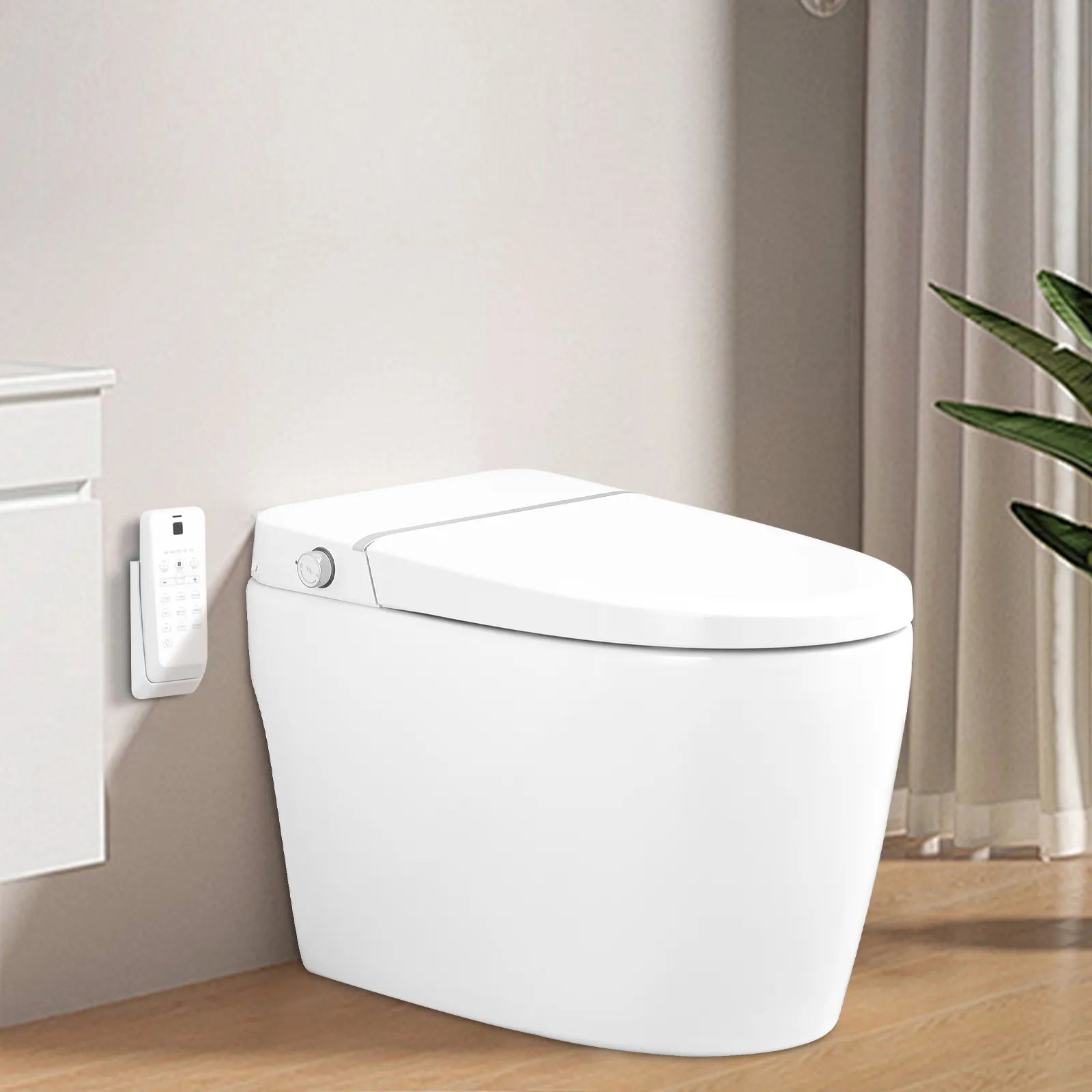
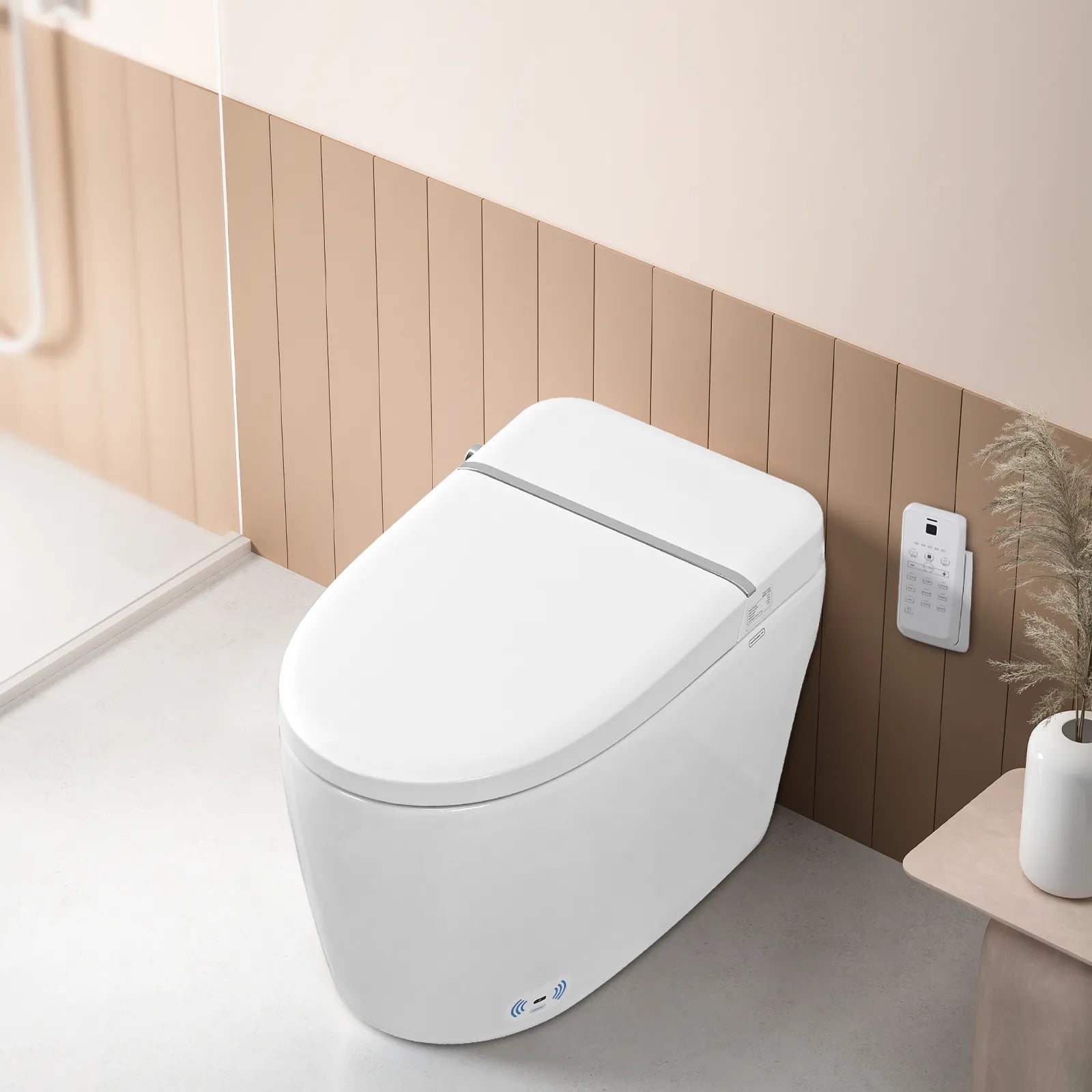










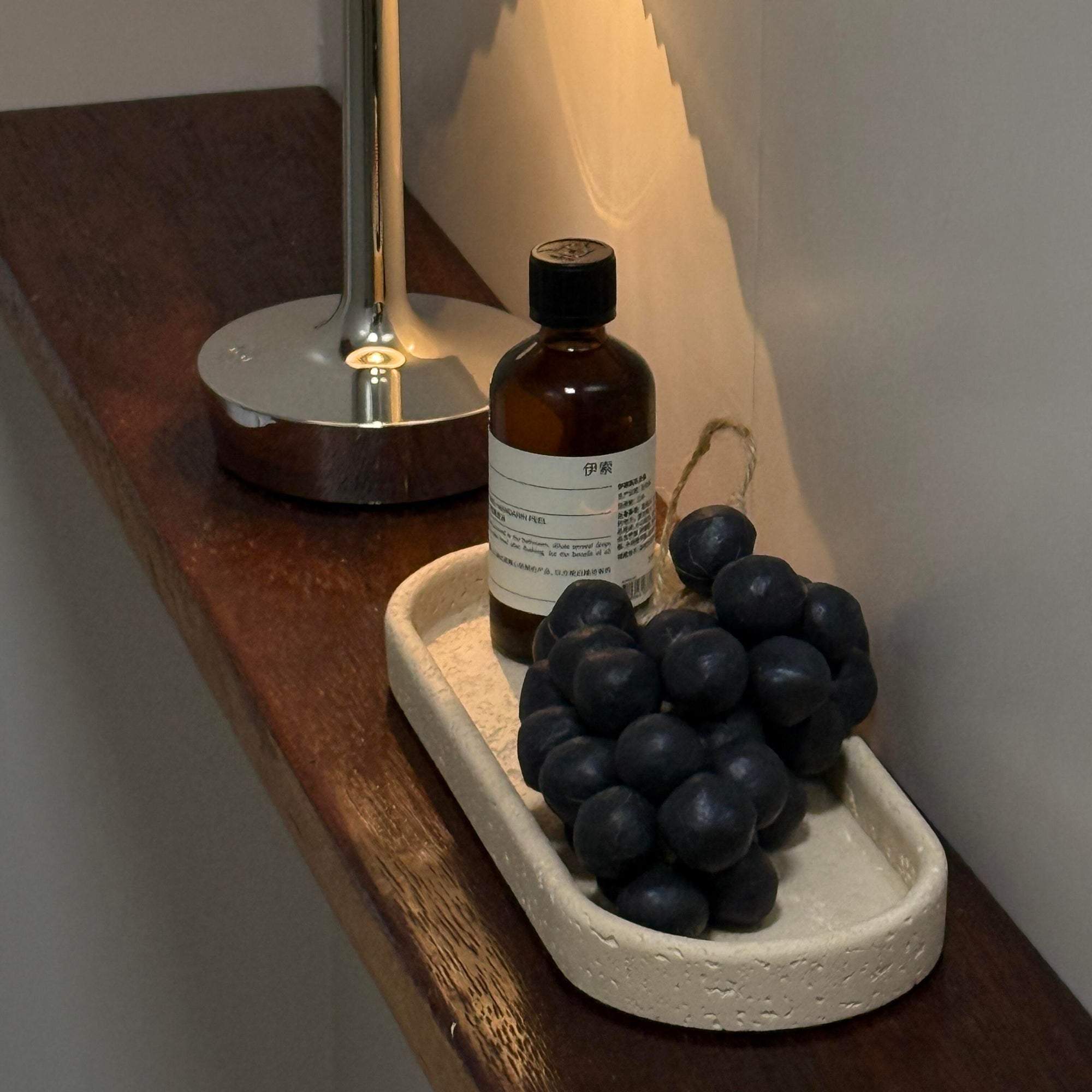
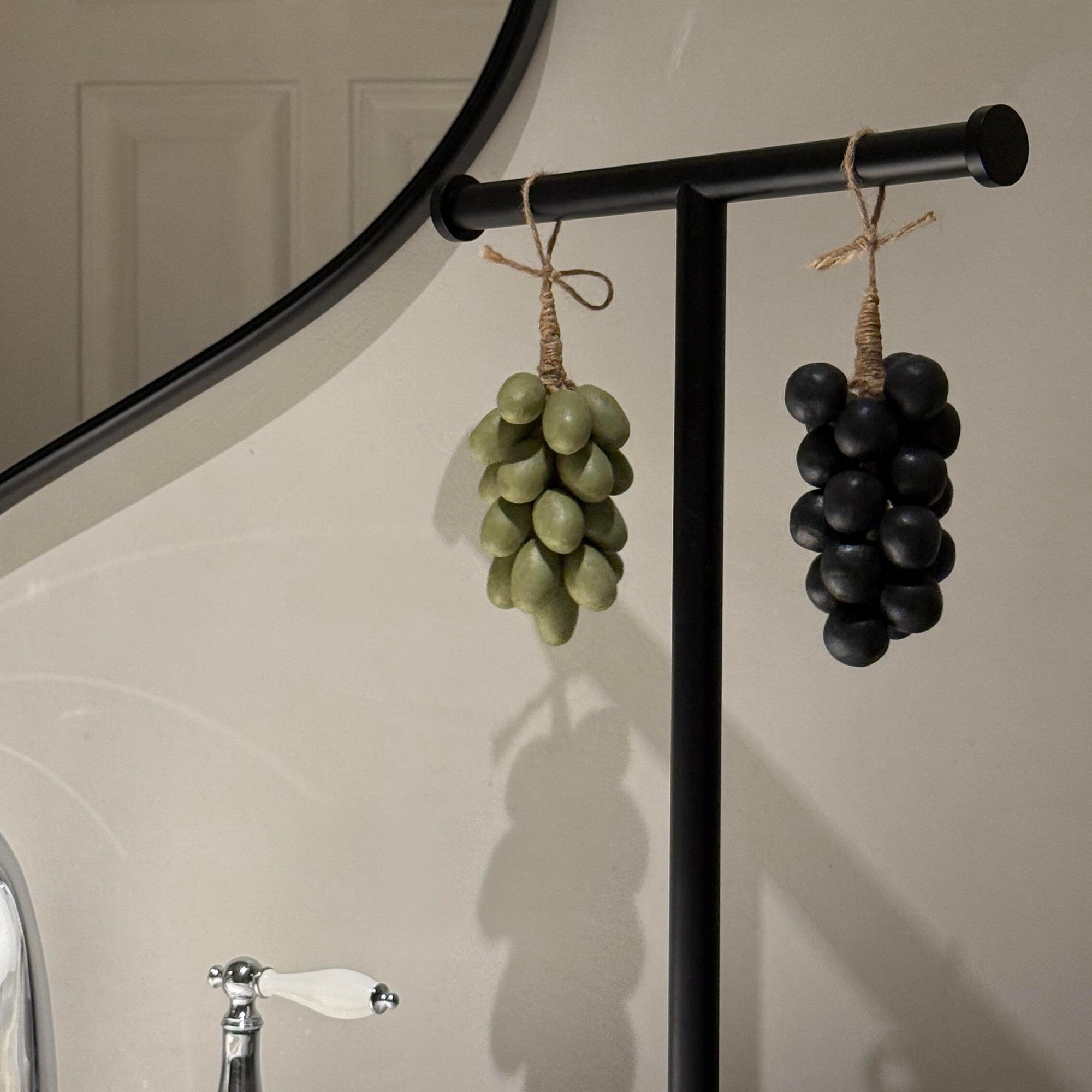



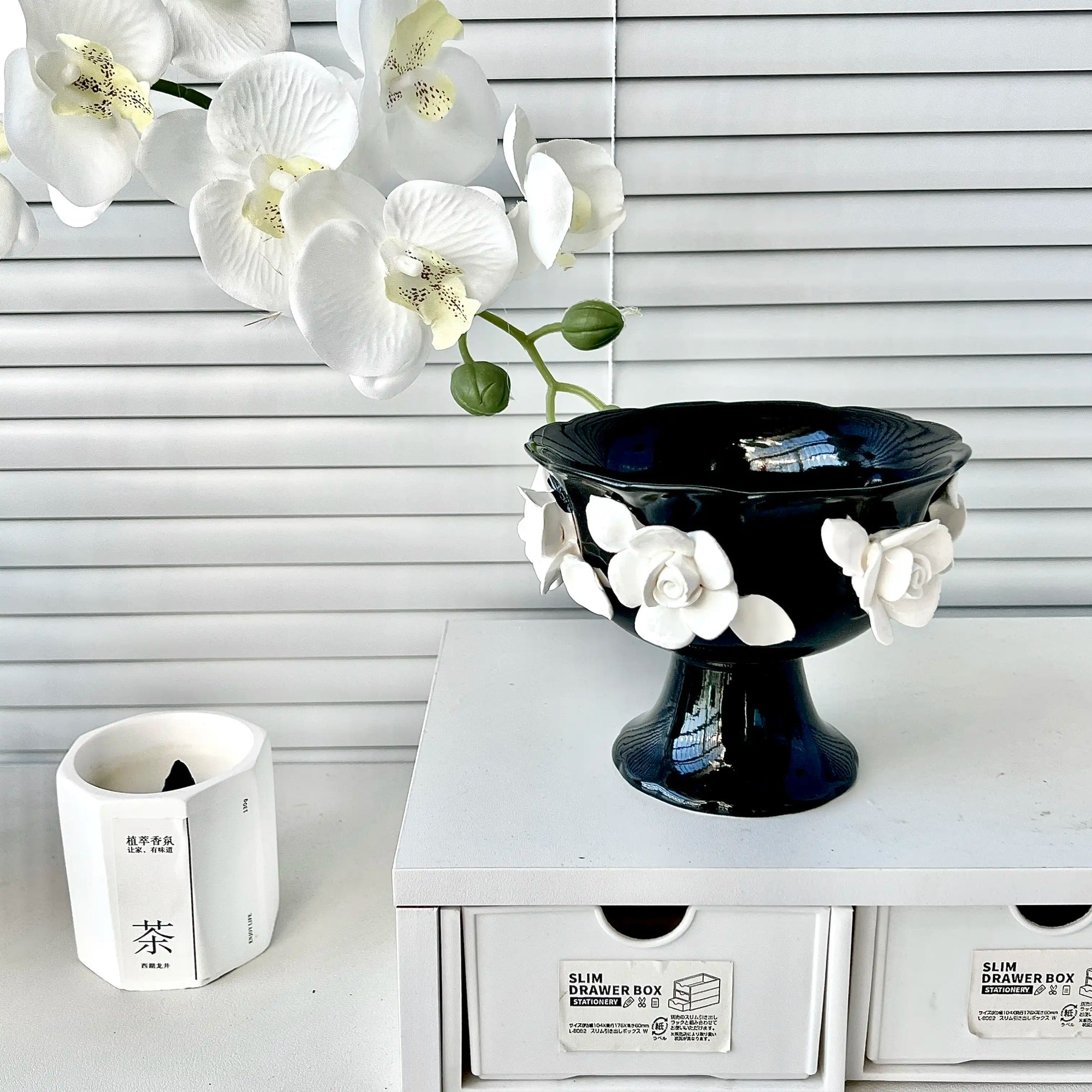




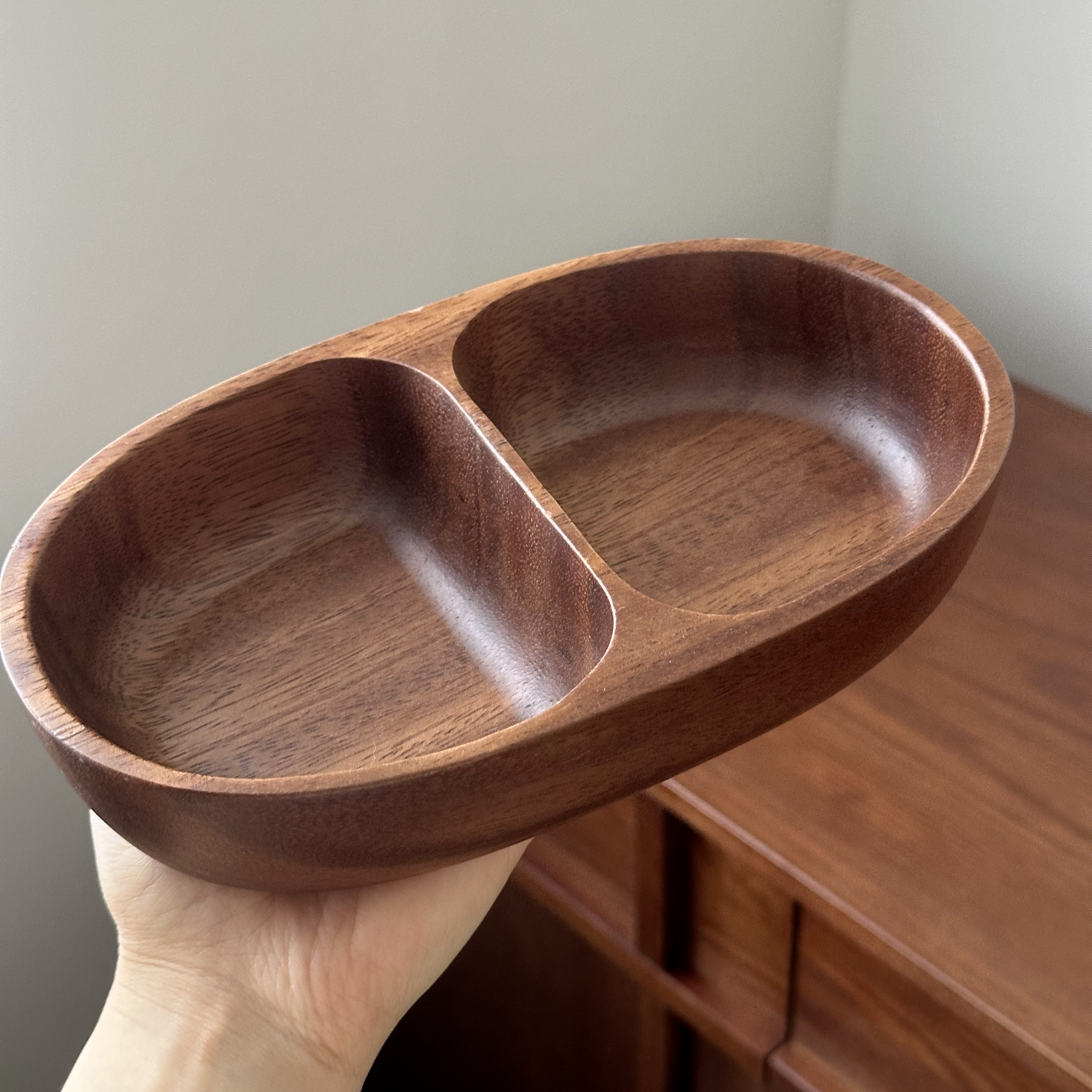



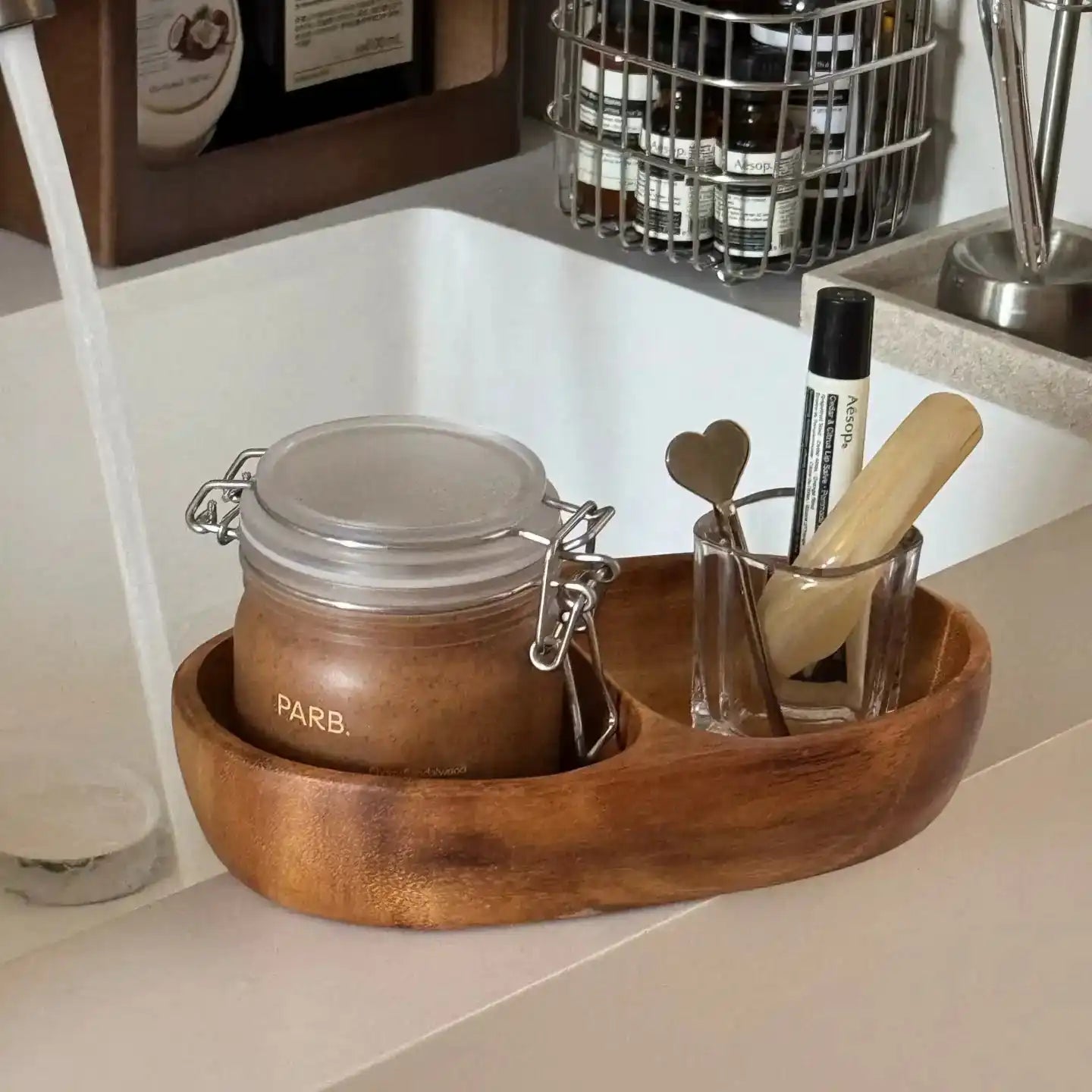
Comment
I appreciate this info. But how do I find out the answers to the questions? Do I contact the manufacturer? Is there an easy way to do so?